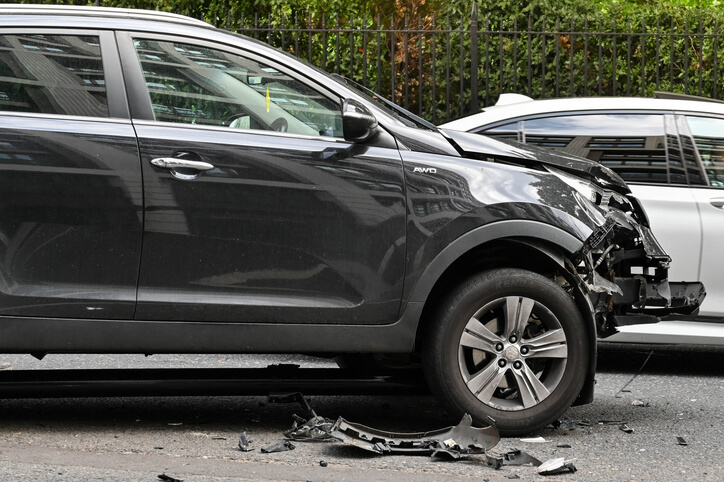What Happens When a Leased Car Is in an Accident? Auto Body Estimating Guide
What happens when a leased car is in an accident? Leased vehicles present unique challenges when they’re involved in accidents. As an auto body professional, understanding the nuances of repairing a leased car is crucial for meeting industry standards and ensuring customer satisfaction and compliance with lease agreements.
This guide covers what to do if a leased car is in an accident and offers a detailed auto body estimating guide.
Understanding Lease Agreements: A Professional’s Responsibility
When repairing a leased vehicle, it’s essential to first understand the lease terms, which often require factory-approved parts and methods. As an auto body professional, adhering to these guidelines is crucial to avoid potential client penalties.
Most lease agreements mandate comprehensive collision coverage, as protection for the vehicle in case of an accident. This coverage directly influences repair decisions, especially when it comes to parts selection and meeting the strict standards set by leasing companies.
What Happens When a Leased Car Is In an Accident: Guiding Your Clients
So, what happens when a leased car is in an accident? W When a leased car is involved in an accident, your clients may be unsure about the next steps. As an auto body professional, you can guide them through the process. First, advise them to ensure safety and call emergency services if necessary. They should document the scene with photos and exchange contact and insurance information with the other parties involved.
Encourage clients to file a police report, even for minor accidents, as this can be crucial for the insurance claim process. Once they’ve reported the accident to their insurance company, they’ll need to start getting an auto body estimate, where your expertise comes into play.

Providing an Accurate Auto Body Estimate
Creating an accurate and detailed estimate is a critical aspect of the repair process. Here’s a step-by-step guide for auto body professionals:
- Choose a Reputable Auto Body Shop: Clients may be required to use repair shops approved by their leasing company. As a professional, ensure that your shop is on these lists or meets the standards required. If your shop is not on the list, communicate the benefits of choosing your services.
- Schedule an Estimate Appointment: Make it easy for clients to schedule an appointment by offering flexible hours and ensuring they have all necessary documentation, including their lease agreement and insurance details.
- Understand the Estimate Process: Leverage your auto body estimating training to provide a detailed estimate report, breaking down the costs of parts, labor, and any additional fees. This transparency is essential for client trust and smooth communication with insurance and leasing companies.

Repairing a Leased Car: Meeting Professional Standards
Once the estimate is approved, you can begin the repair process. Here’s what to focus on:
- Repair Timeline: Inform your clients about the repair timeline, the availability of OEM (Original Equipment Manufacturer) parts, and the degree of damage. Keep clients updated throughout the process to manage expectations and build trust.
- Quality of Repairs: Ensure all repairs meet factory standards, especially when working on a leased vehicle. Use OEM parts and adhere to manufacturer guidelines. Provide a warranty on workmanship and parts to give clients peace of mind.
Preparing for Lease-End Inspection: Ensuring Client Satisfaction
When the lease term ends, the leasing company will inspect the vehicle. As an auto body professional, you must ensure that all repairs are high quality and invisible to the untrained eye. Advise clients to keep all repair documentation and receipts, to serve as proof of quality repairs during the lease-end inspection.
If possible, offer a pre-inspection service to identify and address potential issues before the official inspection. This proactive approach can prevent additional charges and ensure clients leave with a positive experience.
Are you ready to start automotive school?
Contact ATC Surrey for more information.


